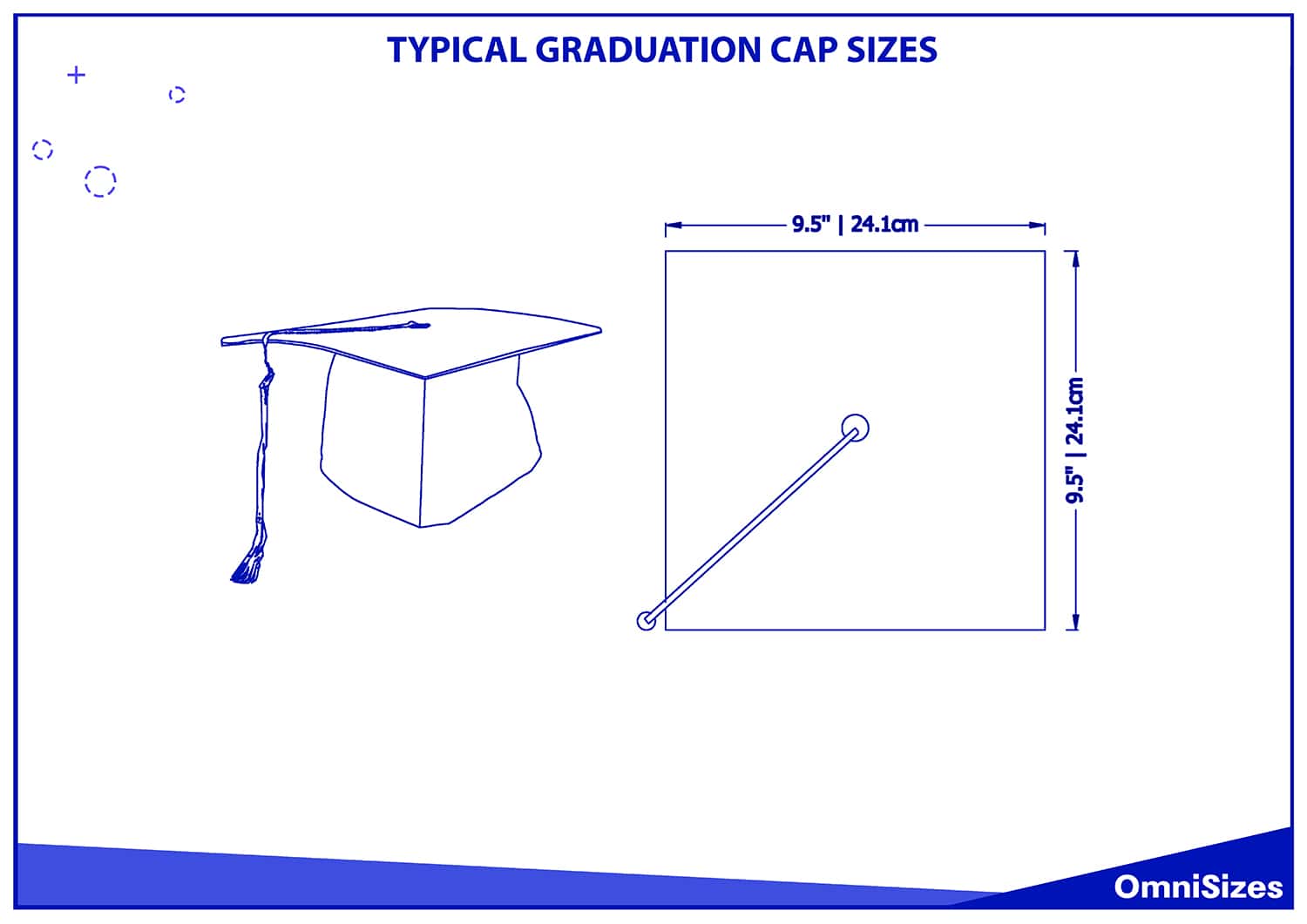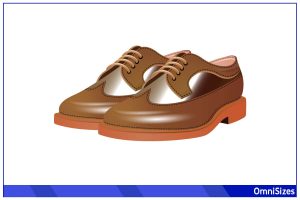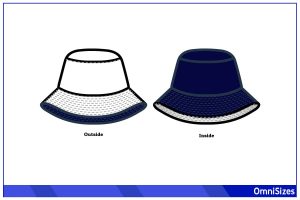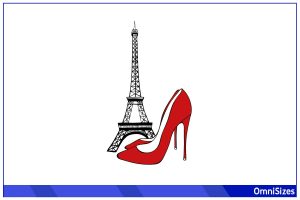Graduation cap dimensions have been a significant part of academic ceremonies for centuries. They represent not just a student’s achievements but also a tradition that spans generations. These caps, often seen atop the heads of proud graduates, carry a deeper meaning and are more than just a decorative accessory.
The standard graduation cap size for high school and university students typically measures around 9.5 × 9.5 inches or 24.1 × 24.1 centimeters. However, there are size variants to accommodate different head sizes and institutional specifications. These variations arise from the need for a comfortable fit and the diverse traditions of educational institutions.

This guide will cover common graduation cap dimensions for different academic levels, as well as explain size variants and how to measure your noggin for the perfect cap.
Standard Graduation Cap Dimensions
Graduation is a milestone celebrated with various symbols, and one of the most recognizable is the graduation cap. Often called a mortarboard due to its square, flat top, the cap’s dimensions vary depending on several factors, including educational level.
1. Pre-school and Kindergarten Caps
Young children eagerly participate in their early graduation ceremonies, often from preschool or kindergarten. For these tiny graduates, the cap dimensions are smaller to fit their heads comfortably. Typically, these caps measure approximately 8.5 × 8.5 inches or 21.6 × 21.6 centimeters.
2. Elementary School Caps
As children grow, so does the size of their graduation caps. Elementary school ceremonies might seem less formal than those in higher education, but they still hold great significance. For this age group, the caps are often sized around 9 × 9 inches or 22.9 × 22.9 centimeters. They come in a variety of colors, often matching school hues.
Top Pick: GraduationMall Shiny Kindergarten and Preschool Graduation Cap
3. High School Caps
High school graduation is a significant event in many teenagers’ lives, marking the end of their secondary education. The caps for high school grads usually measure about 9.5 × 9.5 inches or 24.1 × 24.1 centimeters. This size is often considered the standard for most graduation caps. By this stage, the caps are more uniformly styled, often in the school’s primary color with few, if any, embellishments.
Top Pick: OSBO GradSeason Unisex Adult Graduation Cap
4. Bachelor’s Degree Caps
University graduations are formal events, and the attire reflects this formality. Those obtaining a bachelor’s degree will find their caps similar in size to high school dimensions. They typically measure 9.5 × 9.5 inches or 24.1 × 24.1 centimeters. However, the quality and style may differ, with higher-end materials used and sometimes a shinier finish to the mortarboard.
Top Pick: Newara Graduation Matte Adult Graduation Cap
5. Master’s and Doctoral Degree Caps
Postgraduate degrees, such as master’s and doctorates, have ceremonies steeped in tradition. The caps for these graduates can sometimes be slightly larger, often measuring around 10 × 10 inches or 25.4 × 25.4 centimeters. The reason for this slight increase is to accommodate the additional academic regalia often worn, such as hoods or tassels representing the specific degree.
What Influences Graduation Cap Sizes?
When it comes to graduation ceremonies, the cap stands out as a symbol of achievement. But have you ever wondered why there are different sizes and slight variations in design?
Tradition and History
Graduation caps, also known as mortarboards, have deep roots in academic history. Originating from European universities in the 15th century, these caps were worn to signify scholarly status. Over the years, as academic traditions evolved, the design and dimensions of the cap changed. Today, while the square shape remains consistent, the size often reflects the traditions specific to each institution or region.
Institutional Specifications
Different educational institutions have their unique sets of guidelines when it comes to academic attire. Some schools may prefer slightly larger caps to accommodate additional adornments, like specific tassels or badges, while others might opt for a more streamlined look. For instance, a college known for its arts programs might encourage students to decorate their caps, requiring a broader surface area.
Practicality and Comfort
A graduation ceremony can last a few hours, so comfort is a factor in cap design. Manufacturers consider the average head size of graduates and the need for adjustability. Caps often come with elastic bands or adjustable straps to fit different head sizes. The material used also plays a role in the size and fit. Stiffer materials might require a slightly larger size for comfort.
Measuring for the Perfect Fit
A well-fitting cap not only looks good but also stays securely in place throughout the ceremony. Here’s how to measure and select the right cap size.
Tools You’ll Need
- Measuring tape: A soft, flexible measuring tape is ideal. It easily wraps around the head and provides accurate measurements.
- A mirror: This helps in ensuring you’re placing the tape in the right position.
- A notepad and pen: To jot down measurements.
Taking Accurate Measurements
- Positioning: Stand in front of the mirror. The measuring tape should wrap around the head, positioned about an inch above the eyebrows. This is where the cap will sit.
- Measuring: Holding the tape firmly but not too tight, circle it around the widest part of your head. Make sure it lies flat against your scalp and doesn’t twist.
- Reading: Note down the measurement where the tape meets the starting point. For the most accurate results, measure a few times.
Choosing the Right Size
- Check size charts: Most graduation cap suppliers provide a sizing chart. Match your measurement with the sizes available. If you’re between sizes, it’s generally a good idea to go for the larger option.
- Consider adjustable bands: Some caps come with adjustable bands, which offer a bit of flexibility in size. If unsure, these can be a safer bet.
Adjustments and Custom Fits
- Padding: You can add some soft padding or foam strips inside the cap’s band. This can make a slightly larger cap fit snugly.
- Custom orders: Some suppliers offer custom sizing, especially if standard sizes are either too tight or too loose.






